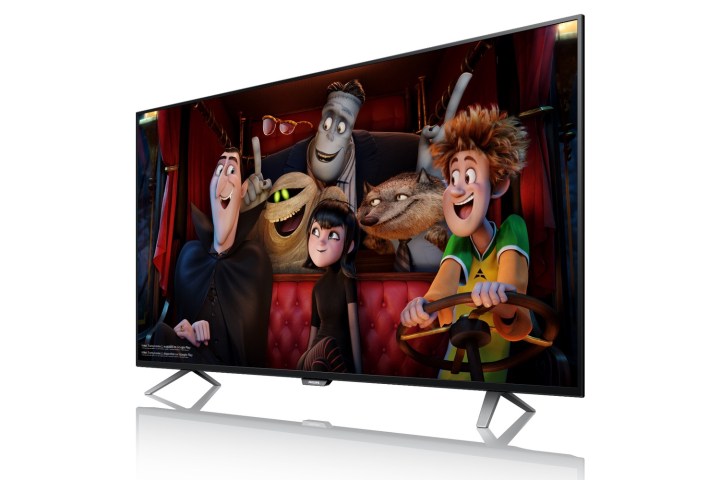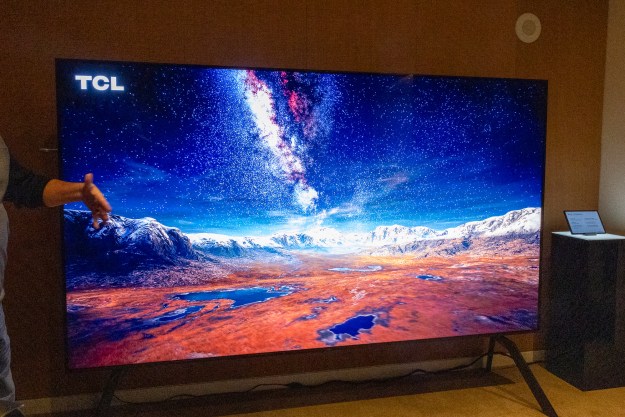
Philips’ North American licensee P&F announced Friday that not only will the first models in the 6000 series be released next month, but the entire line will also feature Google Cast support. This is the same technology behind the Chromecast, offering all the same functionality without the need to take up an HDMI input.
With Google Cast, users can simply browse content on their phone or tablet, and start playing content from any compatible app like Netflix, YouTube or Vudu by tapping the Cast button. This even extends to games, allowing the mobile device to act as a controller while the actual game is displayed on the TV.
Of course, this is only part of what the new line of TVs offer. Every 6000 series model features not only 4K but HDR (High Dynamic Range), making for deeper blacks and richer color, as well as the company’s Pixel Plus Ultra HD processing engine, which it says delivers sharper, brighter images. Every HDMI input on each model features HDMI 2.0a and HDCP2.2 with built-in HEVC and VP9 decoders to support HDR content from providers like Netflix and YouTube.
The 6000 series consists of four different size classes, and in a strange twist, the largest and smallest models feature one type of panel while the middle two feature a different panel type. The 43-inch and 65-inch class models use a VA LCD panel with Macro Dimming LED backlight, while the 49-inch and 55-inch models use an IPS LCD panel with Philips’ BrightPro LED Micro Dimming backlight system.
The 65-inch class 65PFL6621/F7 has a retail price of $1,500, while the other models are much more affordable. The 55-inch class 55PFL6921/F7 sells for $1,000, while the 49-inch class 49PFL6921/F7 can be had for $800. Finally, the 43-inch class 43PFL6621/F7 sells for $650.
The 49-inch and 55-inch models will hit store shelves in June, while the 43-inch and 65-inch models are coming in July. For more information, see the Philips website.
Editors' Recommendations
- What we want to see from the next Apple TV 4K
- Samsung’s new 98-inch DU9000 4K TV is just $4,000. Can it beat TCL and Hisense?
- Let’s discuss an Apple TV 4K with a camera
- Hands-on with the Belkin iPhone Mount with MagSafe for Apple TV 4K
- Belkin drops a $50 mount for iPhone video calls on Apple TV 4K


